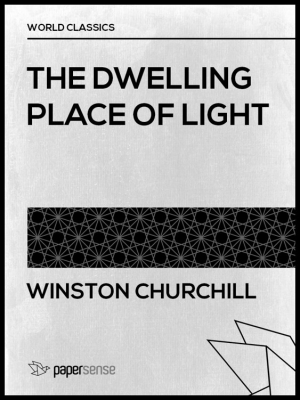That the polyglot, smoky settlement sprawling on both sides of an historic river should be a part of his native New England seemed at times to be a hideous dream; nor could he comprehend what had happened to him, and to the world of order and standards and religious sanctions into which he had been born. His had been a life of relinquishments. For a long time he had clung to the institution he had been taught to believe was the rock of ages, the Congregational Church, finally to abandon it; even that assuming a form fantastic and unreal, as embodied in the edifice three blocks distant from Fillmore Street which he had attended for a brief time, some ten years before, after his arrival in Hampton. The building, indeed, was symbolic of a decadent and bewildered Puritanism in its pathetic attempt to keep abreast with the age, to compromise with anarchy, merely achieving a nondescript medley of rounded, knob-like towers covered with mulberry-stained shingles. And the minister was sensational and dramatic. He looked like an actor, he aroused in Edward Bumpus an inherent prejudice that condemned the stage. Half a block from this tabernacle stood a Roman Catholic Church, prosperous, brazen, serene, flaunting an eternal permanence amidst the chaos which had succeeded permanence!




